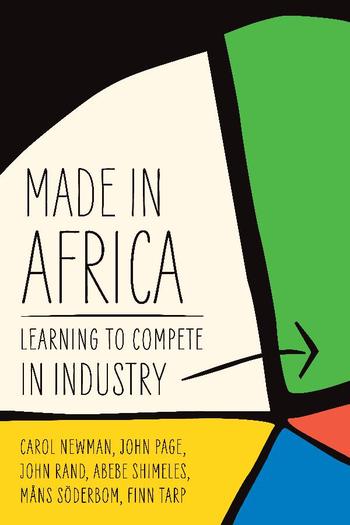- 中图分类号: F0
- 语种: ENG
- 出版信息: Brookings Institution Press 2016 286页
- EISBN: 9780815728177
- PISBN-P: 9780815728153
- 原文访问地址:
KG评星
知识图谱评星,是一种基于用户使用的评价体系,综合图书的评论数量、引文数量、Amazon评分以及图谱网络中节点的PageRank值(即考虑相邻节点数量和重要性)等多种因素计算而得出的评价数值。星级越高,推荐值越高。CAT核心级
核心学术资源(CAR)项目作为教图公司推出的一项知识型服务,旨在打造一套科学、有效的图书评价体系,并协助用户制定相应的馆藏建设方案。CAR项目调查和分析12所世界一流大学的藏书数据,以收藏学校的数量确定书目的核心级,核心级越高,代表书目的馆藏价值越高。选取核心级在三级以上,即三校以上共藏的图书作为核心书目(CAT)。The role of industry in low income countries is important. Industry is good for growth, job creation, and poverty reduction. All of these factors depend on the size and the rate of growth of industry. Africa doesn't have enough industry to reach the sustainable development goals for growth, job creation, and poverty reduction. Africa's share of global manufacturing has fallen from about three percent in 1970 to less than two percent in 2010. Why is there so little industry in africa? made in africa: learning to compete in industry outlines a new industrialization strategy to help africa compete in global markets. This book draws on case study and qualitative research from africa and emerging asia to understand what drives firm-level productivity in low income countries. The results show that while traditional concerns such as infrastructure, skills, and the regulatory environment are important, they alone will not be sufficient for africa to industrialize. The book also addresses how industrialization strategies will need to adapt to the region's growing resource abundance.







 京公网安备 11010602104826号
京公网安备 11010602104826号
